Whooper Swan
- February 27, 2024
- 0 comment
The Whooper Swan, scientifically known as Cygnus cygnus, is a majestic bird renowned for its elegant appearance and melodic calls. These magnificent creatures are among the largest flying birds, with adults boasting impressive wingspans and graceful necks that contribute to their regal presence. Sporting predominantly white plumage with striking black markings on their bills and legs, Whooper Swans are a sight to behold in wetlands and water bodies across the Northern Hemisphere. They prefer habitats with shallow freshwater, such as lakes, ponds, and marshes, where they can feed on aquatic plants and small invertebrates.
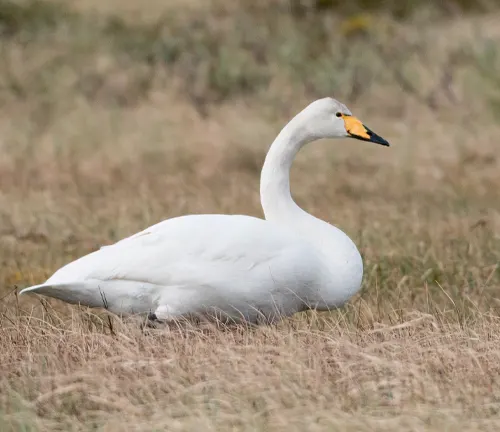
Whooper Swans are monogamous breeders, forming pairs during the breeding season and building nests near the water’s edge to raise their offspring. Migration is a crucial aspect of their behavior, with populations traveling thousands of kilometers between breeding and wintering grounds, following established routes with remarkable precision. Despite their widespread distribution, Whooper Swans face threats from habitat loss, pollution, and human activities. Conservation efforts aim to protect these magnificent birds and ensure their continued survival for generations to come.
| Specification | Description |
|---|---|
| Scientific Name | Cygnus cygnus |
| Family | Anatidae |
| Size | Adults typically measure between 140 to 165 centimeters in length |
| Weight | Approximately 7 to 14 kilograms |
| Wingspan | Up to 235 centimeters |
| Plumage | Predominantly white with black markings on bills and legs |
| Habitat | Shallow freshwater bodies such as lakes, ponds, marshes |
| Diet | Herbivorous, feeding on aquatic plants, grasses, grains, and occasionally insects |
| Breeding Behavior | Monogamous pairs, building nests near water’s edge during breeding season |
| Egg Quantity | Females lay between 4 to 7 eggs |
| Migration Patterns | Travel thousands of kilometers between breeding and wintering grounds |
| Conservation Status | Classified as least concern, facing threats from habitat loss and human activities |
Exploring the Magnificent Whooper Swan
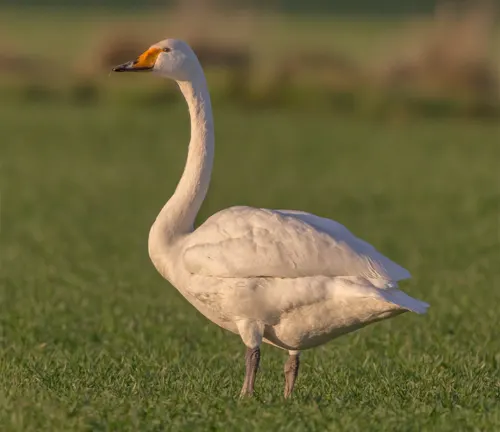
Whooper swans, scientifically known as Cygnus cygnus, are majestic birds that grace wetlands and water bodies with their presence. These elegant creatures are characterized by their striking appearance, fascinating behavior, and cultural significance. Let’s delve deeper into the world of whooper swans to uncover their secrets and understand their importance in our ecosystems and cultures.
Whooper swans belong to the Anatidae family, which includes ducks, geese, and swans. They are one of the largest flying birds, known for their long necks, graceful movements, and melodious calls. These swans are primarily found in the northern regions of Europe and Asia, with some populations migrating to warmer areas during winter.
Physical Characteristics
Size and Appearance
Whooper swans are sizable birds, with adults typically measuring between 140 to 165 centimeters in length and weighing around 7 to 14 kilograms. They have long necks that gracefully curve, slender bodies, and powerful wingspans reaching up to 235 centimeters. These swans possess a distinctive black and yellow beak, which adds to their regal appearance.
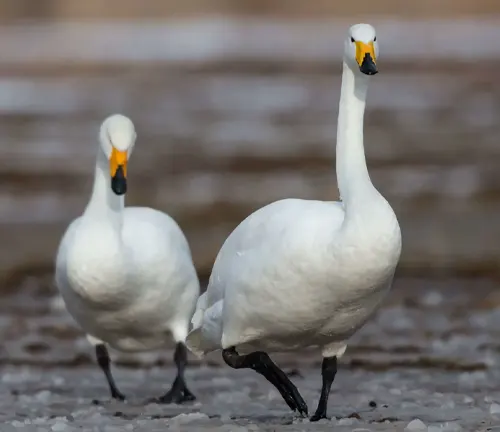

Feathers and Coloration
The plumage of whooper swans is predominantly white, with black markings on their bills and legs. Their wings exhibit a subtle contrast between white and gray, creating a beautiful pattern as they soar through the skies. During flight, their long necks are outstretched, adding to their elegance and gracefulness.
Distribution and Habitat
Geographic Range
Whooper swans have a wide distribution across the Northern Hemisphere, breeding in regions such as Iceland, Scandinavia, Russia, and parts of Asia. During the winter months, they migrate to more temperate areas, including the United Kingdom, Japan, and China, where they can find suitable feeding grounds and open water.

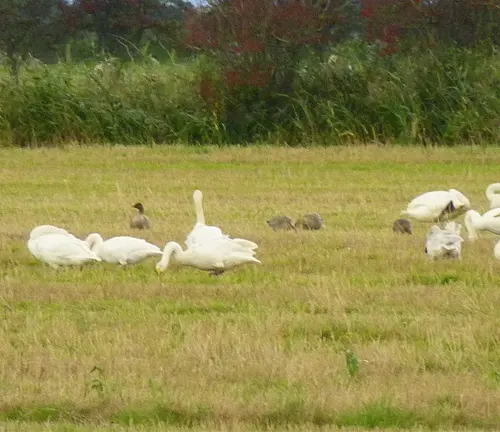
Preferred Habitats
These swans prefer habitats with shallow freshwater bodies, such as lakes, ponds, marshes, and slow-flowing rivers. They are often observed feeding on aquatic plants, algae, and small invertebrates found in these wetland environments.
Behavior and Migration Patterns
Feeding Behavior
Whooper swans are primarily herbivorous, feeding on a variety of aquatic plants, grasses, and grains. They use their long necks to reach underwater vegetation, uprooting plants with their powerful beaks. During the breeding season, they may also consume insects and small crustaceans to supplement their diet.

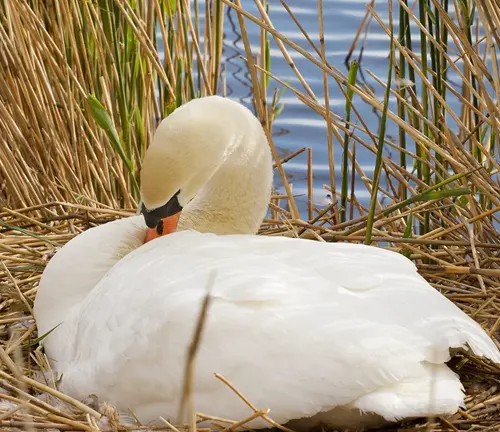
Breeding and Nesting Habits
Whooper swans form monogamous pairs during the breeding season, typically starting in late spring. They build large nests out of reeds, grasses, and twigs near the water’s edge, providing a safe haven for their eggs and offspring. Female swans usually lay between 4 to 7 eggs, which are incubated for about a month before hatching.
Migration Routes
Migration is a crucial aspect of whooper swan behavior, with populations traveling thousands of kilometers between their breeding and wintering grounds. They follow established migration routes, often flying in V-shaped formations to reduce wind resistance and conserve energy. These journeys can be perilous, with threats such as adverse weather conditions and habitat loss along the way.
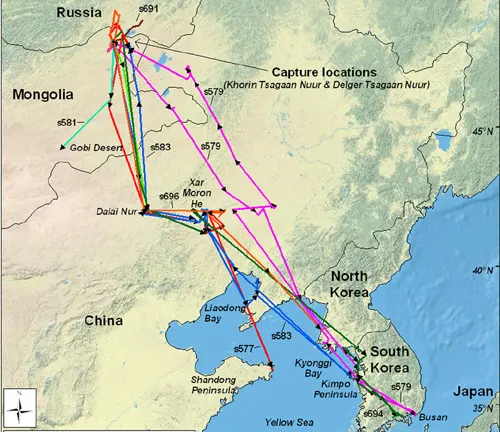
Conservation Status

Threats to Whooper Swans
Despite their widespread distribution, whooper swans face various threats to their survival. Habitat destruction, pollution, illegal hunting, and collisions with power lines are among the primary concerns. Climate change also poses a significant risk, altering the availability of suitable breeding and feeding grounds for these migratory birds.
Conservation Efforts
Efforts to conserve whooper swans involve habitat restoration, wetland protection, and monitoring of breeding populations. International agreements and legislation aim to address the threats facing these birds, promoting sustainable management practices and raising awareness about their conservation needs.
Significance in Culture and Folklore
Symbolism and Mythology
Whooper swans hold cultural significance in many societies, symbolizing purity, grace, and beauty. In folklore and mythology, they are often portrayed as symbols of love, fidelity, and transformation. Stories and legends featuring whooper swans abound in various cultures, highlighting their enduring impact on human imagination.
Cultural Depictions
Throughout history, whooper swans have been depicted in art, literature, and music, inspiring artists, poets, and musicians alike. Their elegant form and graceful movements have captivated the hearts and minds of people around the world, leaving a lasting impression on cultural heritage.
Interactions with Humans
Ecotourism and Birdwatching
Whooper swans attract ecotourists and birdwatchers who seek to observe these magnificent creatures in their natural habitats. Wetland reserves and national parks offer opportunities for people to witness their beauty up close and learn about their biology and behavior. Responsible tourism practices ensure minimal disturbance to nesting and feeding areas.
Human-Wildlife Conflicts
Despite their cultural significance and ecological importance, whooper swans sometimes come into conflict with human activities. Competition for resources, habitat degradation, and disturbances caused by human development can disrupt their breeding and feeding behaviors, leading to potential conflicts between conservation efforts and economic interests.
Comparison with Other Swan Species
Whooper swans can be distinguished from other swan species by their larger size, distinctive calls, and geographic range. Unlike mute swans, which are known for their orange bills and aggressive behavior, whooper swans exhibit a more tranquil demeanor and migrate over longer distances. Bewick’s swans, on the other hand, are smaller in size and have different vocalizations compared to whooper swans.
Different Species
Mute Swan
(Cygnus olor)
The Mute Swan is perhaps the most well-known swan species, recognized for its striking white plumage and bright orange bill. Unlike the Whooper Swan, Mute Swans are not migratory and are often found in parks, lakes, and ponds across Europe and North America.
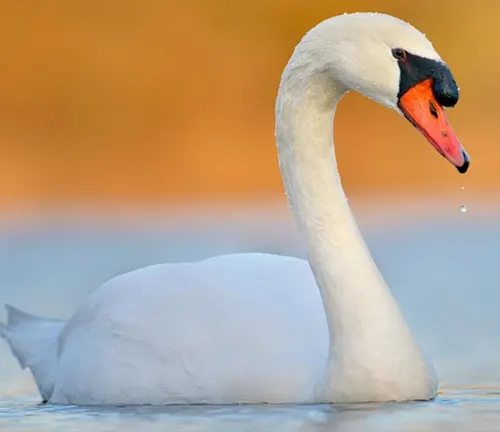
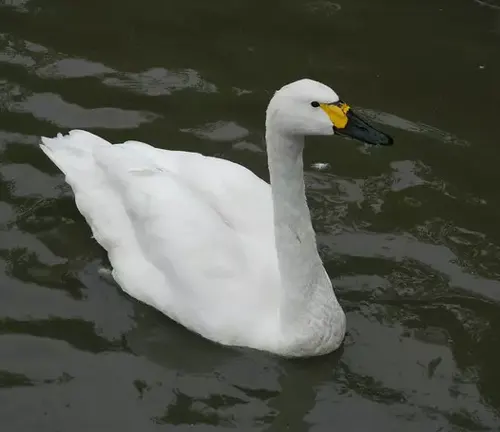
Bewick’s Swan
(Cygnus bewickii)
Another species closely related to the Whooper Swan is the Bewick’s Swan. Bewick’s Swans are smaller in size compared to Whooper Swans, with a distinctively shorter neck and different vocalizations. They breed in Arctic Russia and winter in Western Europe, particularly the United Kingdom.
Trumpeter Swan
(Cygnus buccinator)
Native to North America, the Trumpeter Swan is the largest swan species in the world. They are characterized by their deep, resonant calls and all-black bills. Unlike the Whooper Swan, Trumpeter Swans have a primarily North American distribution and do not migrate as extensively.
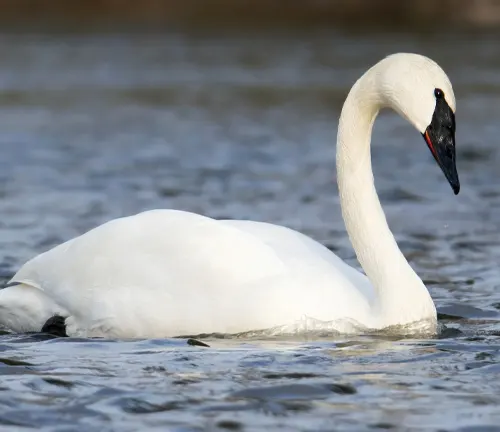
Frequently Asked Questions (FAQs)
- Where do Whooper Swans migrate from?
Whooper Swans typically migrate from their breeding grounds in northern regions such as Iceland, Scandinavia, and Russia, to their wintering grounds in more temperate areas. - How long do Whooper Swans live?
Whooper Swans have an average lifespan of around 10 to 20 years in the wild, although some individuals may live longer in captivity. - How do Whooper Swans defend themselves?
Whooper Swans use various defense mechanisms to protect themselves and their offspring, including aggressive behavior, vocalizations, and sometimes, physical confrontation with predators. - What are the predators of Whooper Swans?
Common predators of Whooper Swans include large birds of prey such as eagles and owls, as well as mammals like foxes, wolves, and mink. Additionally, eggs and young cygnets may be vulnerable to predation by smaller predators such as raccoons and corvids. - How do Whooper Swans adapt to cold climates?
Whooper Swans are well-adapted to cold climates, with thick insulating plumage and specialized blood circulation systems that help regulate their body temperature. They may also gather in large flocks and utilize communal roosting sites to conserve heat. - Do Whooper Swans migrate in family groups?
Yes, Whooper Swans often migrate in family groups, with adults leading their offspring on the journey between breeding and wintering grounds. This behavior helps young swans learn migration routes and survival skills from their parents. - What is the significance of the Whooper Swan’s call?
The call of the Whooper Swan serves various purposes, including communication between individuals, maintaining contact with mates and offspring, and signaling alarm in response to potential threats. - How do Whooper Swans find their migration routes?
Whooper Swans have an innate ability to navigate long distances using celestial cues, landmarks, and environmental cues such as wind patterns and magnetic fields. Young swans may also learn migration routes from older, experienced individuals. - How do Whooper Swans contribute to their ecosystems?
Whooper Swans play a vital role in their ecosystems by dispersing seeds of aquatic plants, controlling populations of invertebrates, and providing food for predators. Their presence also helps maintain the balance of wetland habitats. - What is the breeding season for Whooper Swans?
Whooper Swans typically breed in late spring or early summer, depending on their geographic location. Breeding pairs engage in courtship displays and nest-building activities before laying eggs and raising their offspring.



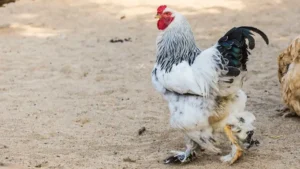

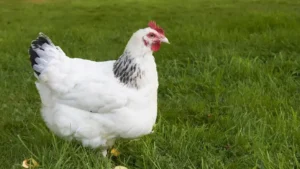
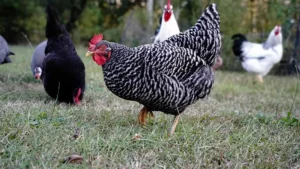
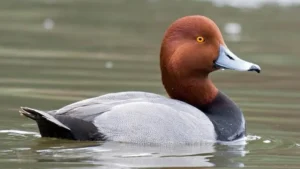
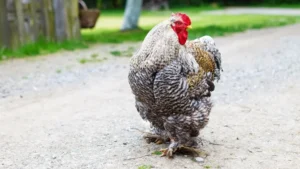
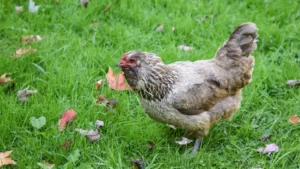
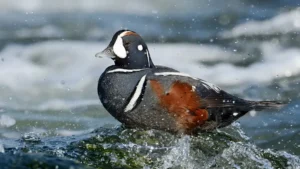
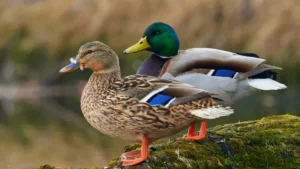
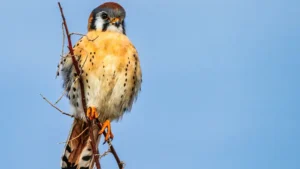
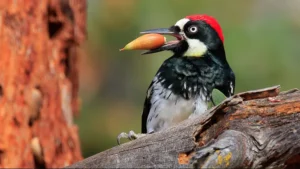
Leave your comment